In March, we wrote about Beach to Bay Heritage Area, a nonprofit supporting historic heritage areas on Maryland’s Eastern Shore, and its experimentation with augmented reality holotwins to engage visitors and enhance their experiences in key areas of interest. Although the organization is still waiting for its metal hanging signs to take the experiences public, the holotwins themselves are live and being shared in email, social media, and person to person.
Beach to Bay Heritage Area is one of Maryland’s 13 designated historic areas. It extends from Smith Island in the Chesapeake Bay to Assateague Island along the Atlantic Coast and from the Nanticoke River to the Pocomoke River. BBHA is dedicated to promoting, preserving, and protecting the cultural heritage, historical linkages, and natural assets of these regions, including its Native American, African American, and seafaring heritage.
When Lisa Challenger, executive director of BBHA, first encountered augmented reality holotwins, she immediately recognized the opportunities to bring history to life. Because holotwins are accessed by scanning a QR code, she could envision the benefits of visitors being able to experience history unfold before them at any location at any time, even when the buildings of these historic areas are closed.
3 Holotwins for 3 Locations
Holotwins, or “holographic twins,” are digital “twins” of people, animations, or even videos superimposed over the viewer’s real-world environment as seen through their cellphone screens. To see the holotwin, the viewer scans a QR code or clicks on a link in a text, answers a few prompts, and the image of the person or thing is visible through their cellphone screen, speaking as if they were right in front of them.
In March, Challenger engaged with Reality BLU, creator of holotwins, to develop three of these experiences to engage visitors to BBHA visitors. Those three holotwins are as follows:
- The Tindley Choir
The first holotwin is of the Charles Tindley Choir. Once the QR code is placed on site, visitors will be able to experience one of Dr. Tindley’s songs, “The Storm Is Passing Over,” being sung in front of them. This includes at the very place Dr. Tindley is being honored—at the recently unveiled Charles Tindley mural in Berlin, MD.
Two other signs with the QR code to the holotwin will hang at the Calvin B. Taylor Museum and at the Germantown School.
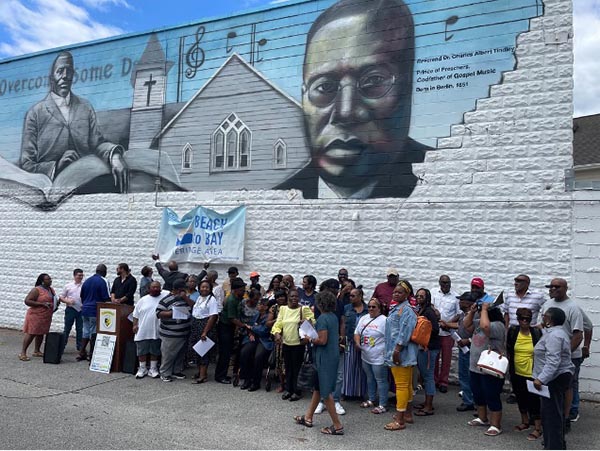
Friends and family of the Tindley family gather at the unveiling of the Charles Tindley Mural in Berlin, MD, which will be the location of one the metal signs with a QR code leading to the holotwin of the Charles Tindley Choir.
Experience the Charles Tindley Choir:
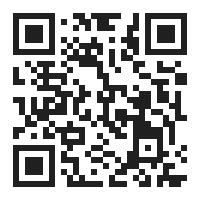
- The Broom Maker
The second holotwin is of a broom maker to be located at the Furnace Town Historic Site, showing how brooms are made.
Watch the broom maker give the demonstration:
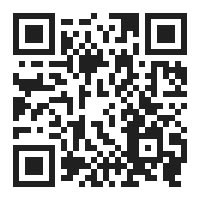
- The Tribe Elders
The third is of the elders of the Accohannock Indian Tribe, to be stationed at Pirates Wharf and at the Wicomico Welcome Center in Wicomico County, MD.
Experience the leaders of the Accohannock Tribe telling their story:
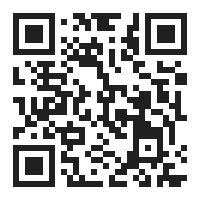
How the Process Unfolded
What did the putting the holotwin together look like?
First, Challenger had to pull together the funding for the project. Once the funding was secured, she worked to create ideas and engage participants for the holotwins.
To create the videos, she worked with UnScene Productions, a video studio in West Ocean City, MD. To ensure professional lighting and sound, UnScene Productions recorded the videos for the holotwins in its studio. It then supplied the videos to RealityBLU, which used its WorldView AR platform to create the QR codes and hyperlinks used to share these AR experiences.
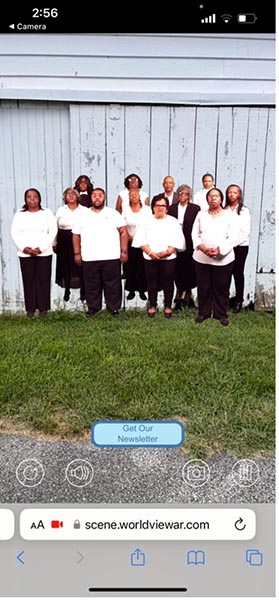
Although one of the signs for the Charles Tindley Choir will ultimately hang at the Charles Tindley Mural in Berlin, MD, you can scan the code and enjoy the choir anywhere, even your own backyard.
Challenger notes that one the most difficult things in creating the holotwins wasn’t the technology. It was helping the volunteers get comfortable in front of a camera. “When we were first shooting the video of the choir, for example, they were swaying and clapping, and it was really neat,” she recalls. “But when it came time to do the final take, they all stiffened up. It’s like they got stage fright.”
The broom maker holotwin, too, had its unexpected moments. In this case, when the video was shot, the broom maker was sitting on a chair, giving the demonstration. When the shoot was set up, instead of the green screen being placed beneath the chair, it was placed over top of it. The result was that, when the background disappeared, the chair disappeared with it!
“Now, in the holotwin, the broom maker looks like she’s sitting on air,” laughs Challenger. “So, on site, we’re going to put the sign with the QR code right behind a chair with instructions to anchor the holotwin on the chair so that when the visitors scan the code, she will appear to be sitting on the chair and not floating in front of them.”
The videos and hyperlinks were sent back to Challenger to be added to metal signs that would hang each of the six key historic areas where the holotwins will be visible. They will also be used in anywhere and everywhere BBHA desires in their marketing, including email marketing, presentations, and social media.
How Long Did It Take?
While creating the QR code and hyperlink from the uploaded video took a matter of seconds through RealityBLU’s WorldView AR platform, it took several months to come up with the ideas, recruit volunteers, and get everyone’s schedules to align for the videotaping
Once the signs arrive, these signs will be drilled with holes to hang at each of the designated sites.
In the meantime, Challenger has been showing the holotwins to people, and their response has been dramatic. “The feedback I get when I pull up a holotwin on my phone is, ‘Oh, my gosh! It’s so cool! How did you do that!?!’” she says. “We are beyond excited to get these out to the public.”
Are the holotwins hard to launch? Challenger said she included one of the QR codes in a Zoom presentation for the Maryland Heritage Areas Authority. She shared her screen, and her audience was able to pull it right up on their phones.
“It just works!” she exclaims.
Once the QR code signs are in place, Challenger is looking to take what she has learned from these three holotwins to continue creating even more. The next one, potentially, will be used to support Black heritage at a BBHA historic site in Somerset County, MD. She is also planning to submit the holotwins project at the Maryland Tourism Conference this upcoming November.










Discussion
Join the discussion Sign In or Become a Member, doing so is simple and free